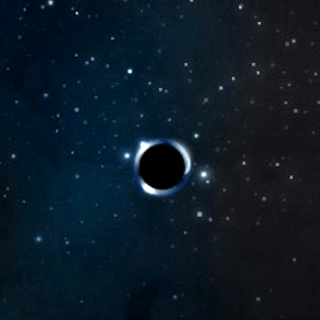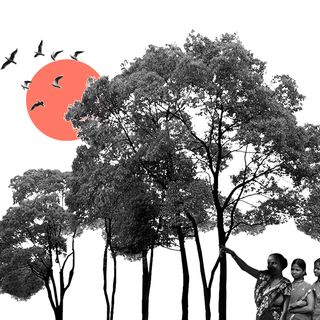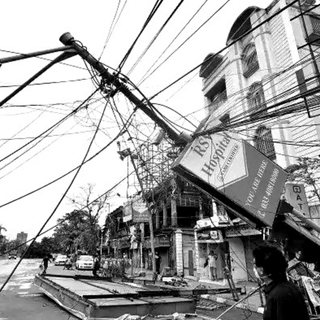The Supreme Court has ordered the Gujarat and Rajasthan governments to replace overhead electricity transmission lines by burying them in the ground in a bid to protect the Great Indian Bustard, an endangered species threatened by fatal collisions with power cables.
The measure is a favorable decision to protect a large bird already on the brink of extinction due to hunting and habitat loss. As of 2018, there were only 50-250 adult Great Indian Bustards left in the world; the International Union for Conservation of Nature (IUCN) has termed the bird critically endangered. The species is found only in India now — in the states of Rajasthan, Gujarat, and Karnataka.
The order responded to a petition saying the overhead cables posed a risk to these birds in their eco-sensitive habitats — the bustard are electrocuted and die after colliding with electricity transmission lines. To assess the risk from overhead cables, the court relied on a report by the Wildlife Institute of India from 2018, which stated: “Overhead power lines and associated infrastructure entail various impacts on biodiversity… due to collision and electrocution… [killing] hundreds of thousands to millions of birds every year.” Further, a 2019 report by India’s Ministry of Environment, Forest, and Climate Change had found overhead cables to be responsible for a 15% mortality rate among the Great Indian Bustard population.
Standing four feet tall and weighing about 15 kilograms, the Great Indian Bustard is among the heaviest flying birds in the world. In addition to its weight, which makes in-flight maneuvering difficult, the bird also has poor frontal vision, making overhead cables a mortal risk for the species.
Related on The Swaddle
African Cheetahs Will Be Reintroduced to India 70 Years After Local Extinction
In fact, initiatives have been underway for a while now to prevent these fatal collisions: Pokhran, in Rajasthan, tried installing ‘bird diverters’ as a short-term solution. “They work as reflectors for bird species like the Great Indian Bustard. Birds can spot them from a distance of about 50 meters and change their path of flight to avoid collision with power lines,” Anil Kumar, who headed the diverter installation project by the Wildlife Conservation Society of India, told The Hindu.
But a more long-term solution is required to mitigate the threat to their lives. Relying on the data available on the subject, the court noted that “unless power line mortality is mitigated urgently, the extinction of the Great Indian Bustards are certain.”
However, a complete migration to underground cables may not be feasible across the board because of technical challenges that different locations may pose. The court has constituted a three-member committee of scientists and conservationists to evaluate whether burying power lines is indeed not possible in some areas — and if so, what are the alternatives available to mitigate the risk and prevent the birds from going extinct. In the meantime, the court has directed the installation of ‘bird diverters’ on all power lines, and in areas where burying is found to be feasible. The revamping operation must be completed within a year, the court said.
The revamp is expected to involve heavy costs, but the “cost of mitigation cannot justify the extinction of a species,” the petitioner’s counsel argued. The court agreed, noting that “irrespective of the cost factor the priority shall be to save the near-extinct birds.” The court has further directed power distribution companies to bear the cost, in addition to using national and state funds reserved for wildlife conservation.
“In an ever more crowded world, species that need lots of space, such as the Great Indian Bustard, are losing out,” Leon Bennun, a zoologist and former director of BirdLife International, a nature conservation partnership, had said in 2011. “However, we are the ones who lose in the long run, as the services that nature provides us start to disappear… We need to redouble our efforts to [save them], otherwise, we risk not just losing magnificent creatures like [them], but unraveling the whole fabric of our life-support systems.”




